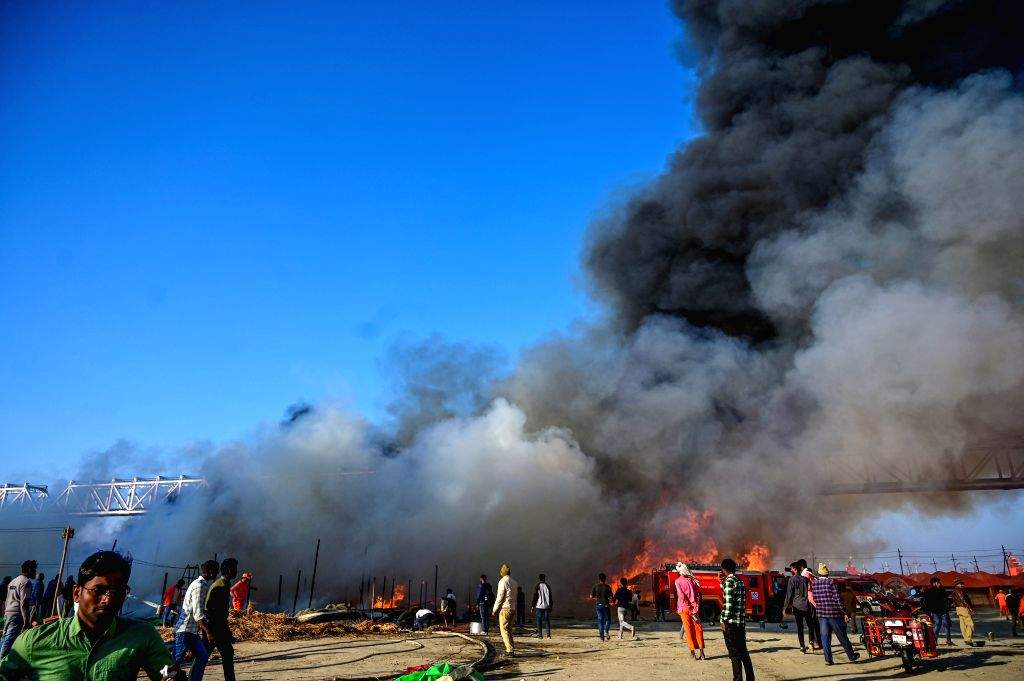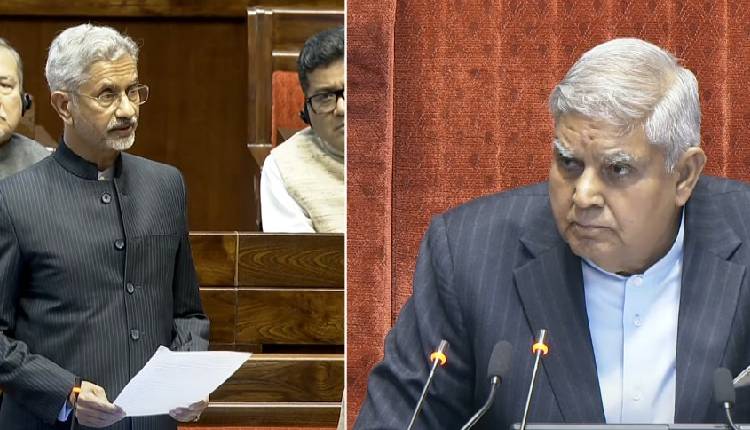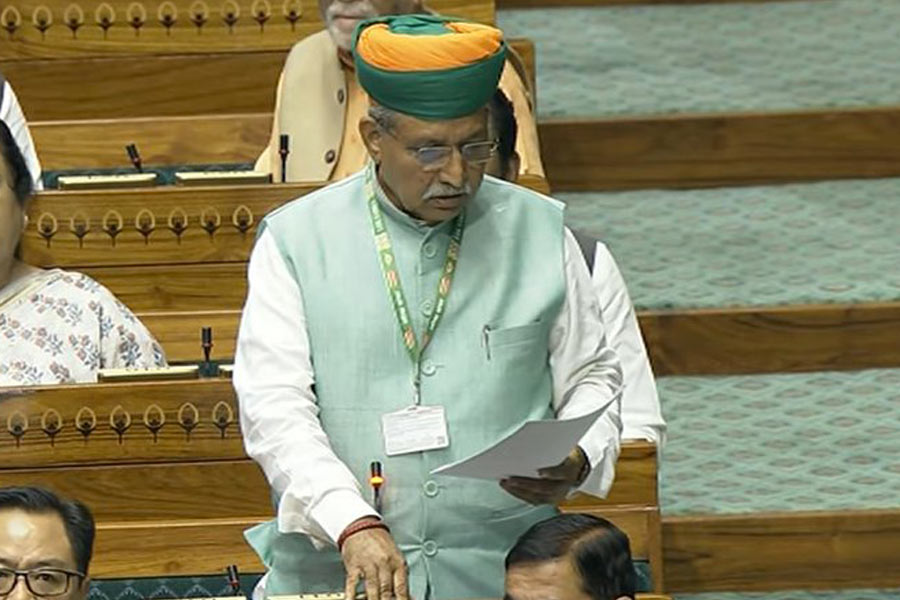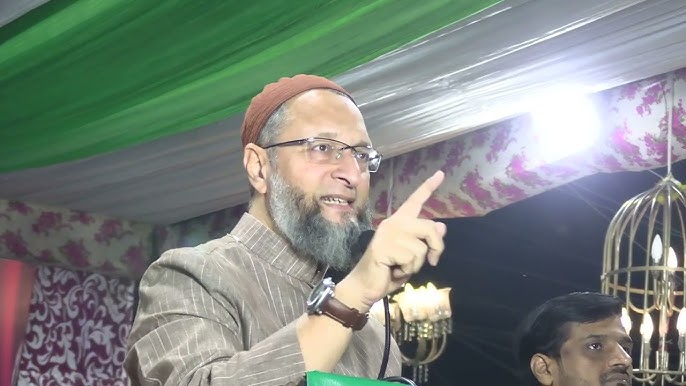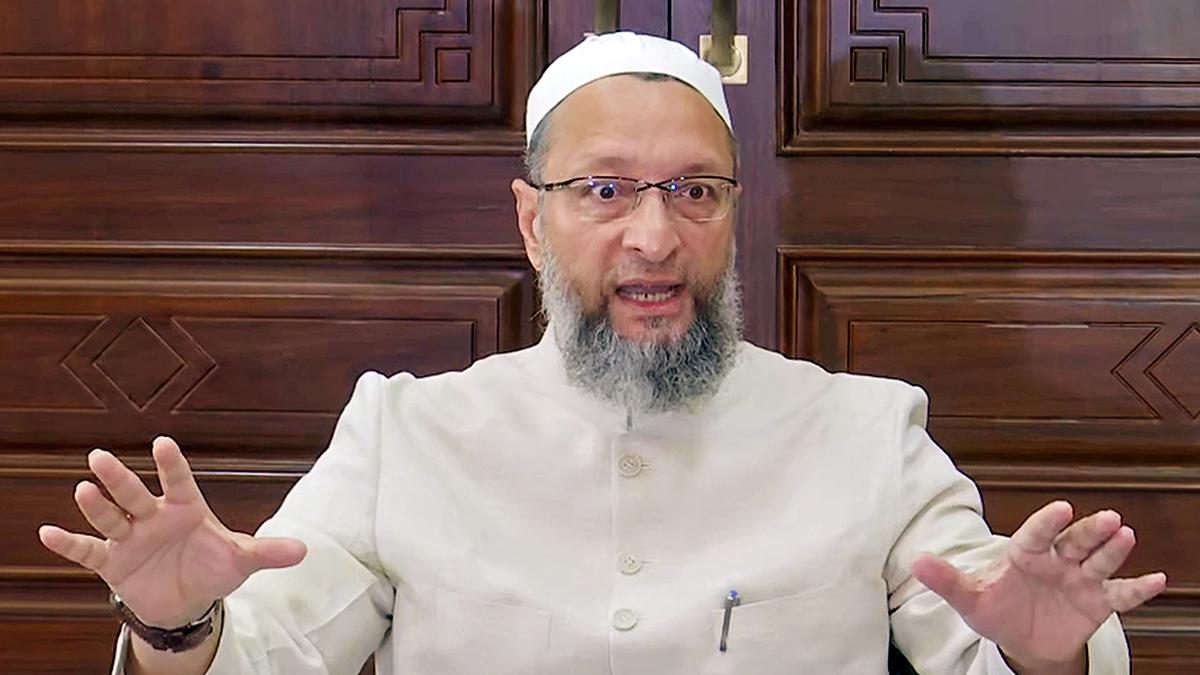GHMC to install cameras in cars
Thu 17 Jan 2019, 10:25:57
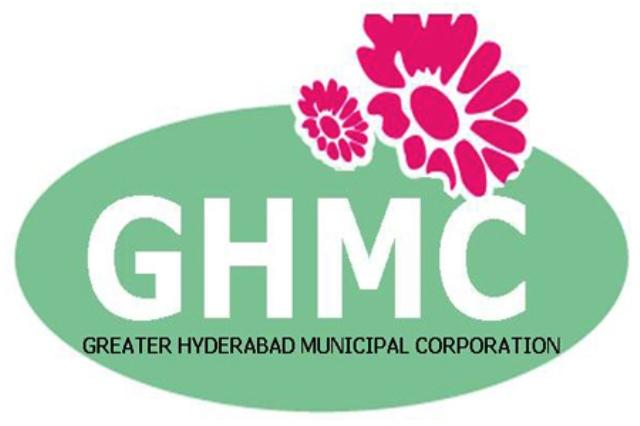
The GHMC plans to use camera-equipped cars which will take pictures as they drive along city roads and relay them to the command and control room to initiate quick action.
The GHMC plans to procure one car for each of the six zones. Each car would have three cameras to provide 360-degree coverage. The cars will have a sanitation worker and a driver to follow the instructions from the command control room. The corporation would pay a rent of about Rs 2 lakh annually.
GHMC commissioner M. Dana Kishore said the system would enable quick action on grievances registered by the citizens. He said the cars would provide live feed from the bylanes.
Mr Kishore, who is also managing director of the HMWS&SB, said the city faced a large burden of untreated faecal waste entering the
environment due to indiscriminate disposal of septage (waste evacuated from septic tanks) by unregulated private personnel. A large quantity of faecal waste was also generated from the over 300 mobile toilets.
environment due to indiscriminate disposal of septage (waste evacuated from septic tanks) by unregulated private personnel. A large quantity of faecal waste was also generated from the over 300 mobile toilets.
Mr Kishore said that the city’s 18 sewerage treatment plants (STPs) could be gainfully used to co-treat the septage. He said co-treatment process involves establishing a holding tank including stirring facility/recirculation system for homogenisation of sludge and valve operation for controlled discharge of septage into the functional STPs.
He said to accomplish the goals of the enhanced open defecation free status (ODF++), the board envisaged to have a regulatory system for licensing desludging operators to prevent open dumping of septage in open areas.
No Comments For This Post, Be first to write a Comment.
Most viewed from Hyderabad
Most viewed from World
AIMIM News
Delhi Assembly polls: Owaisi leads Padyatra in Okhla
Feb 01, 2025
We reject this Waqf Amendment Bill: Asaduddin Owaisi
Jan 30, 2025
Latest Urdu News
Most Viewed
May 26, 2020
Which political party will win the Delhi Assembly polls to be held on Feb 5?
Latest Videos View All
Like Us
Home
About Us
Advertise With Us
All Polls
Epaper Archives
Privacy Policy
Contact Us
Download Etemaad App
© 2025 Etemaad Daily News, All Rights Reserved.

.jpg)
.jpg)
.jpg)
.jpg)
.jpg)
.jpg)
.jpg)
.jpg)
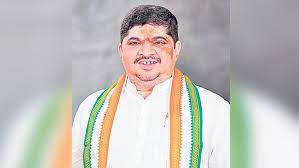
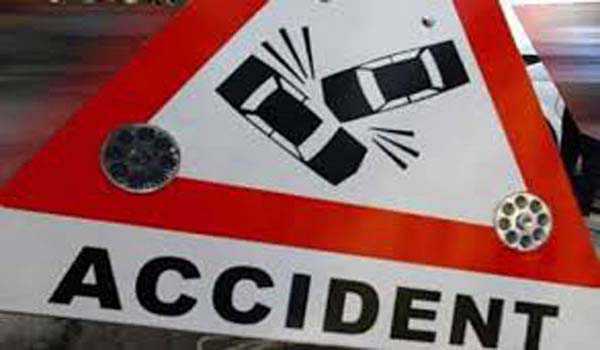
.jpg)
.jpg)
.jpg)
.jpg)
.jpg)
.jpg)
.jpg)
.jpg)
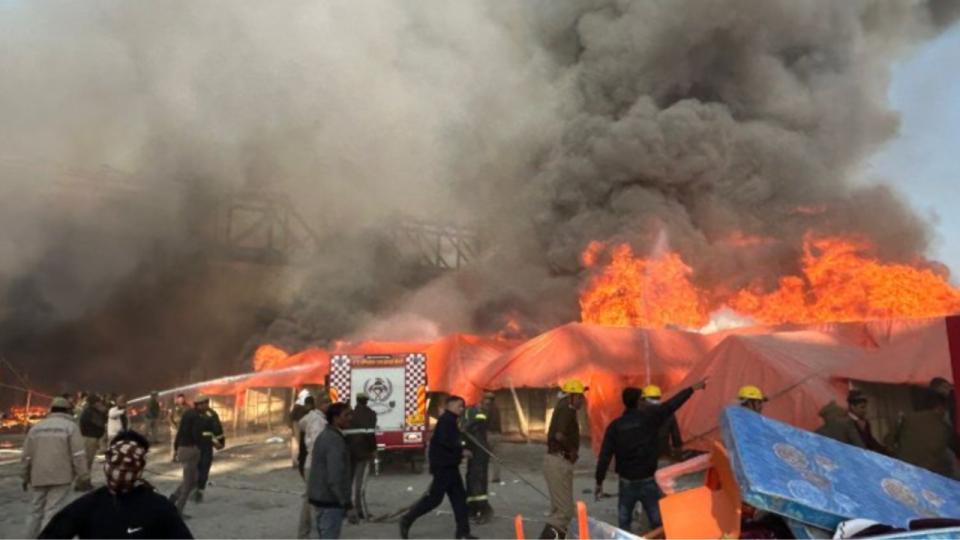
.jpg)
.jpg)
